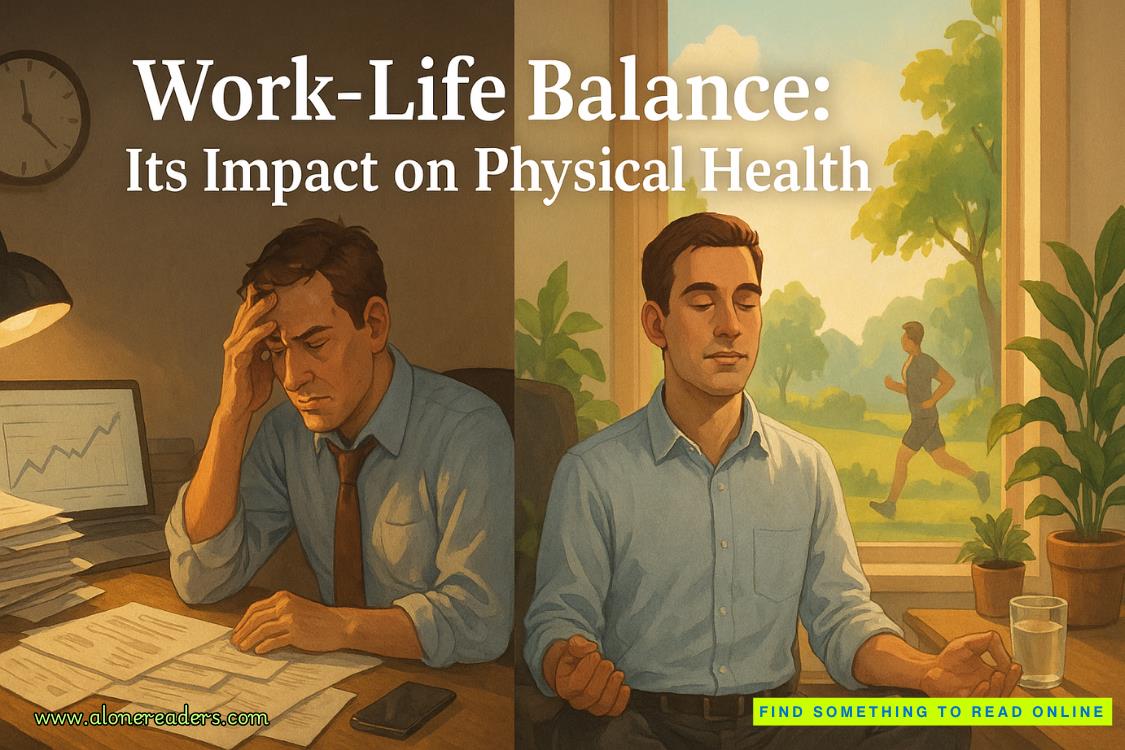Page 42 of Project Hail Mary
She turned toward me and tapped the paper: “These are readings from amateur astronomers all over the world. They show something very important.”
The page had columns of numbers. I noticed the column titles: “Alpha Centauri,” “Sirius,” “Luyten 726-8,” and so on.
“Stars?” I said. “These are all stars in our local cluster. And wait—did you sayamateurastronomers? If you can tell the German minister of foreign affairs what to do, why don’t you have professional astronomers working for you?”
“I do,” Stratt said. “But this is historical data collected over the past several years. Professional astronomers don’t study local stars. They look at faraway things. It’s the amateurs who log data on local stuff. Like train spotters. Hobbyists in their backyards. Some of them with tens of thousands of dollars’ worth of equipment.”
I picked up the paper. “Okay, so what am I looking at?”
“Luminosity readings. Normalized across thousands of amateur-generated data sets and corrected for known weather and visibility conditions. Supercomputers were involved. The point is this: Our sun is not the only star that’s getting dimmer.”
“Really?” I said. “Ohhh! That makes perfect sense! Astrophage can travel at 0.92 times the speed of light. If it can go dormant and stay alive long enough, it could infect nearby stars. It spores! Just like mold! It spreads from star to star.”
“That’s our theory, yes,” said Stratt. “This data goes back decades. It’s not deeply reliable but the trends are there. The NSA back-calculated that—”
“Wait. NSA? The U.S. National Security Agency?”
“They have some of the best supercomputers in the world. I needed their supercomputers and engineers to try all kinds of scenarios and propagation models for how Astrophage could get around in the galaxy. Back to the point: These local stars have been dimming for decades. And the rate of dimming increases exponentially—just like we’re seeing with the sun.”
She handed me another piece of paper. It had a bunch of dots connected by lines. Above each dot was a star name. “Owing to the speed of light, our observations of the dimming had to be adjusted for the distances of the stars and whatnot, but there’s a clear pattern of ‘infection’ from star to star. We know when each star was infected and by which infected star. Our sun was infected by a star called WISE 0855–0714. That star was infected by Sirius, which was infected by Epsilon Eridani. From there, the trail goes cold.”
I peered at the chart. “Huh. WISE 0855–0714 also infected Wolf 359, Lalande 21185, and Ross 128.”
“Yes, every star eventually infects all of its neighbors. Judging from our data, we think Astrophage has a maximum range of just under eight light-years. Any star within that range of an infected star will eventually be infected.”
I looked at the data. “Why eight light-years? Why not more? Or less?”
“Our best guess is the Astrophage can only survive so long without a star and it can coast about eight light-years in that time.”
“That’s sensible, from an evolution point of view,” I said. “Most stars have another star within eight light-years, so that’s as far as Astrophage had to evolve to travel while sporing.”
“Probably,” Stratt said.
“Nobody noticed those stars getting dimmer?” I said.
“They only get to about ten percent dimmer before they stop dimming. We don’t know why. It’s not obvious to the naked eye, but—”
“But if our sun dims by ten percent, we’re all dead,” I said.
“Pretty much.”
Xi leaned forward on the table. Her posture was extremely proper. “Ms. Stratt has not told you the most important part yet.”
The Russian nodded. It was the first time I’d seen him move at all.
Xi continued. “Do you know what Tau Ceti is?”
“Do I know?” I said. “I mean—I know it’s a star. It’s about twelve light-years away, I think.”
“Eleven point nine,” said Xi. “Very good. Most would not know that.”
“I teach junior high school science,” I said. “These things come up.”
Xi and the Russian shot each other surprised looks. Then they both looked at Stratt.
Stratt stared them down. “There’s more to him than that.”
Xi regained her composure (not that she’d lost much of it anyway). “Ahem. In any event, Tau Ceti is very much inside the cluster of infected stars. In fact, it is near the center.”















